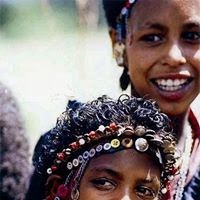Premier League: Sidama Coffee consolidates lead, St. George moves closer

Addis Ababa, Ethiopia – Week 10 of the Ethiopian Premier League continued this weekend with Sidama Coffee defeating Mekelakeya 1-0 here on Saturday to consolidate its lead of the championship while defending champions St. George moved up to second place with a 1-0 victory over Dashen Beer today. St. George is trailing Sidama just 2 points behind but it has one more game to play. Fans of Dedebit FC rejoiced their team’s 2-0 win over EEPCo; Hawassa City suffered a 2-1 defeat at home at the hands of CBE; Arba Minch handed newly promoted Woldiya City its 7 th loss of the season (1-0); Adama City and Mugher Cement played to a 1-1 draw at the Abebe Bikila Stadium and Ethiopian Coffee shared a point (0-0) with Wolayta Dicha in Boditi. Ethiosport s.com


